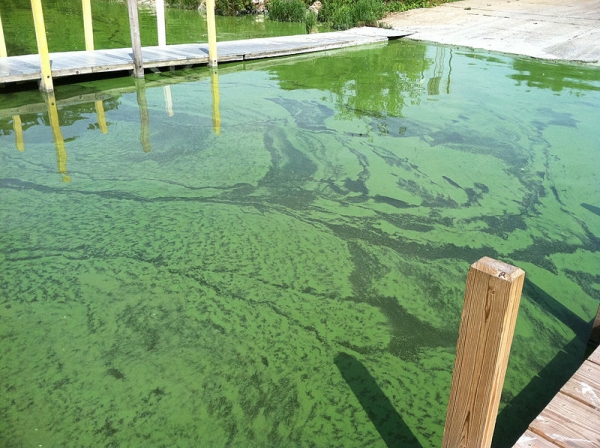Florida’s 156-mile-long Indian River Lagoon (IRL) borders five different counties and has five inlets that connect the lagoon with the Atlantic Ocean. In recent years, this estuary has experienced numerous phytoplankton bloom events due to increased seasonal temperatures coupled with environmental impacts.
Algal blooms produce a myriad of small organic molecules, many of which can be toxic to humans and animals. Among these phycotoxin producers is Microcystis aeruginosa, a freshwater cyanobacterium, which can be found in the Southern IRL. Measurable amounts of microcystins have been found in nasal swabs of people who live and work near the area, although finding microcystins in mucosal membranes may be evidence that the body is doing its job to eliminate them.
To help uncover potential human health hazards associated with harmful algae blooms in the IRL, researchers from Florida Atlantic University’s Harbor Branch Oceanographic Institute collected water samples from 20 sites within the lagoon during wet and dry seasons over a three-year period. The samples were extracted to concentrate organic molecules and these extracts were used in testing. To identify the presence of known or emerging toxins, researchers used a panel of immortalized human cell lines corresponding to the liver, kidney and brain to measure cytotoxicity. Human cell lines engineered to express ion transporters, red blood cells, and the activity against a protein phosphatase enzyme, also were used in the study. These cells and biological activities were selected as they are known to be affected by algal toxins and show unique patterns of activity for known toxins.
Read more at Florida Atlantic University
Photo Credit: NOAA Great Lakes Environmental Research Laboratory via Wikimedia Commons


